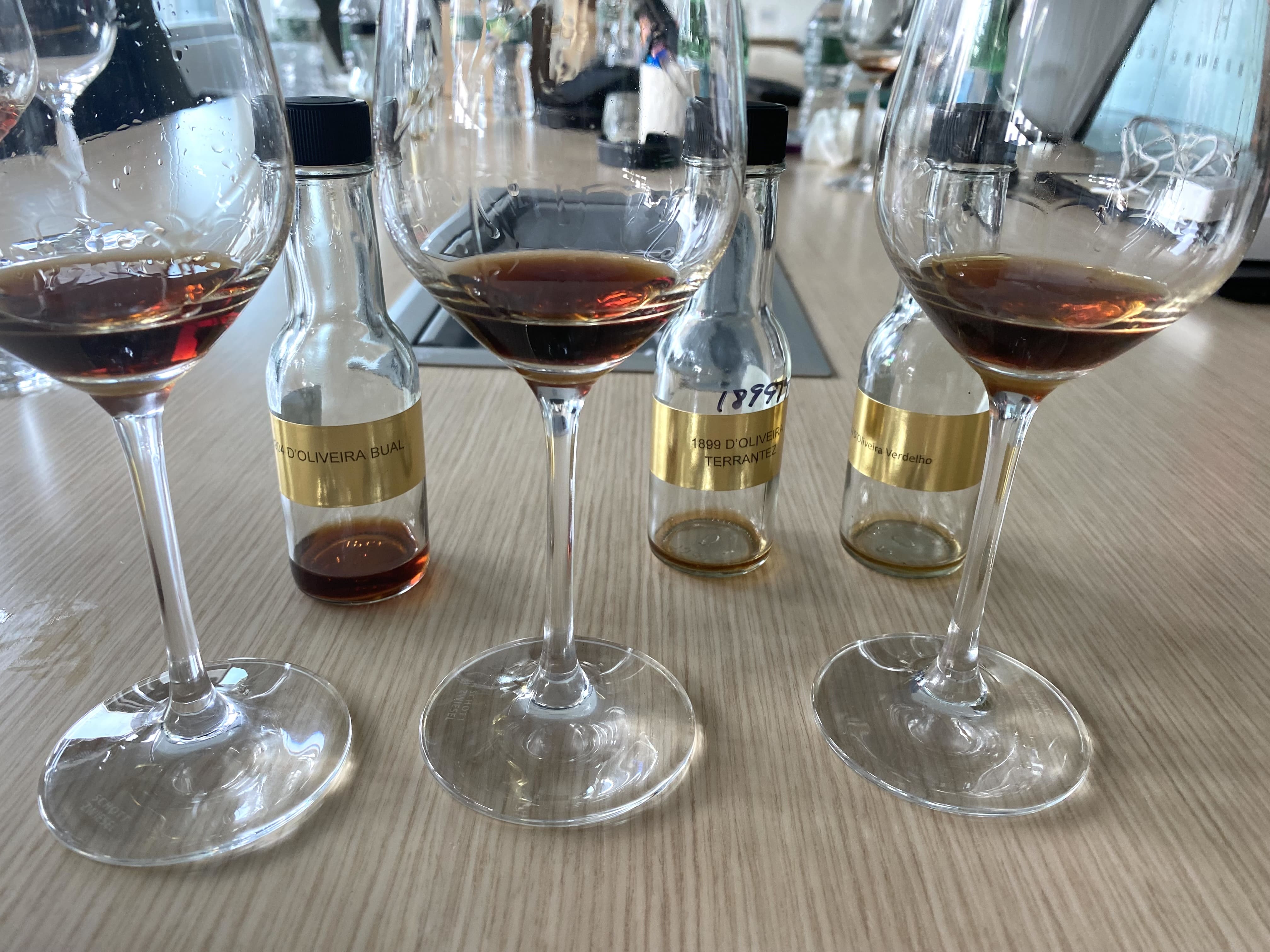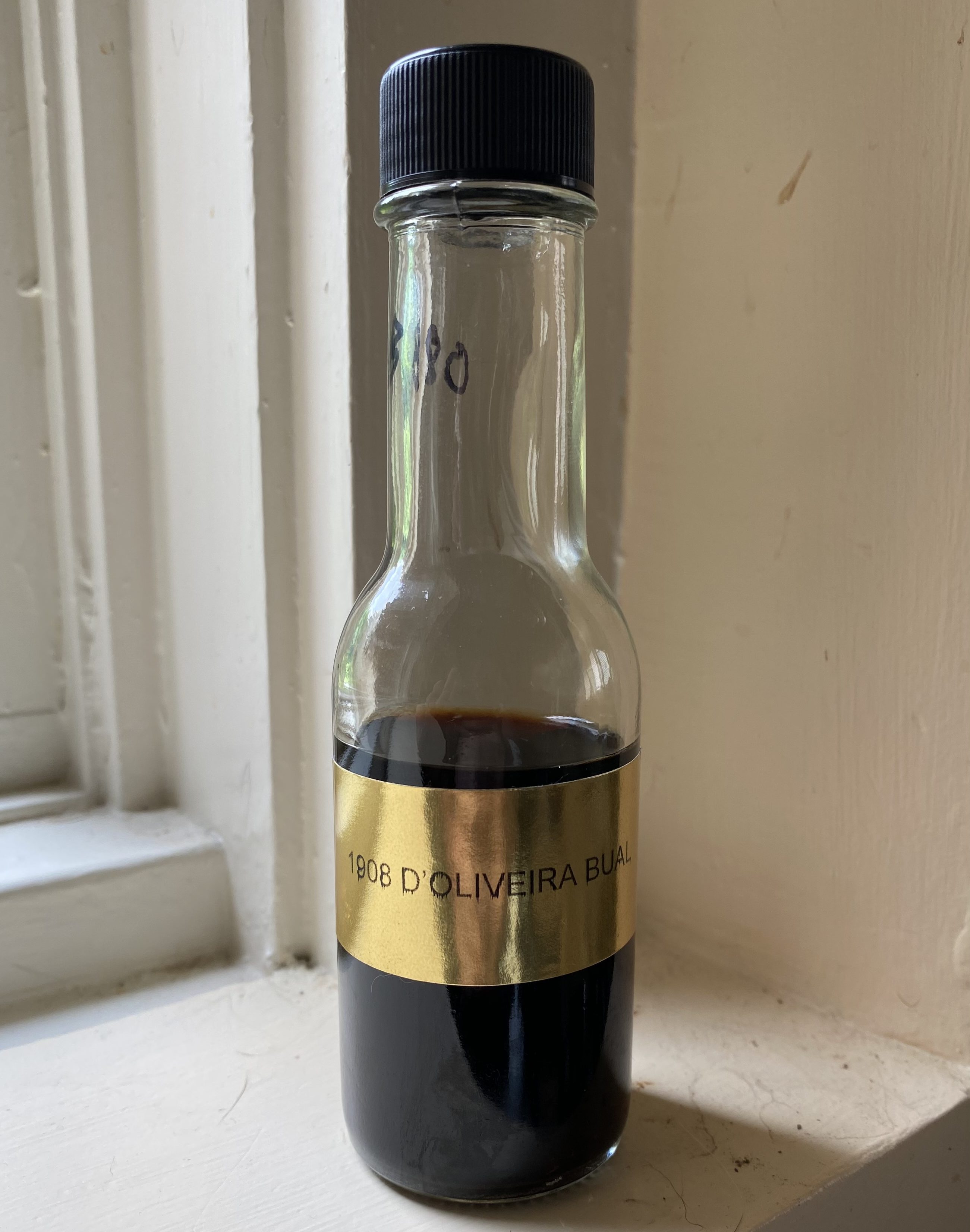
I felt a bit like James Bond as I hurried through the crowds in Midtown Manhattan to the address on the cryptic invitation I’d received. An elevator shot me up to the 22nd floor into the gleaming offices of an investment company with a spectacular view over New York Public Library. The location plus the fact I was the only guest made it plain that this would be an unusual tasting. The subject was also special: wines of the Portuguese island Madeira, going back to 1899.
My host was Mannie Berk, who founded The Rare Wine Co. in 1989 with money he borrowed from a close friend. Berk played a major role in stimulating the 21st-century boom of interest in fortified Madeira wines in the United States, and this had a lot to do with his company’s Historic Series Madeiras. Five of them are named after cities on the U.S. East Coast and retail for just under $50. They gave many American wine lovers their first taste of mature Madeira – often by the glass in restaurants – and from the rapid growth of the market since their introduction, many liked what they tasted.
Read the tasting notes below and you will see that we agree with those consumers that the Historic Series Madeiras have the balance of nutty richness and bright acidity that makes this category so distinctive. The contrast to vintage Port, where the wine’s structure is based on tannin rather than acidity, is striking. Probably the most exciting of them was The Rare Wine Co. Malmsey Madeira New York The Historic Series NV, which has stacks of baked apricot, caramelized orange and dried date character. In spite of the ample richness, the acidity keeps it straight at the very long nutty finish.


Excellent as they were, some of the old-vintage Madeiras belonged to another world. That applied particularly to the mind-blowingly concentrated D’Oliveira Bual Madeira 1908, with its knife-edge balance between richness and savory.

Almost as extraordinary was the supernaturally energetic D’Oliveira Verdelho Madeira 1912, with its spectacularly complex dry finish. These are both absolutely world-class, but according to Berk, D’Oliveira is now the only Madeira house with significant stocks of such old wines.
If you want to experience these masterpieces, then the last opportunity to buy them outside of auction houses is approaching. However, Berk sees a promising future for Madeira because “the quality of the younger wines is higher today than ever” and “the world is discovering how great the dryer styles of Madeira – sercial, verdelho and terrantez – can be.
This is an astonishing turnaround from the poor state of the wine industry when I first visited Madeira, which lies in the North Atlantic about 500 kilometers west of Morocco, just over 30 years ago. Back then many of the younger wines were mediocre. The stats confirm the leap up in quality since then, with the average ex-cellars price of Madeira today almost triple what it was in 1990, according to the Direct Regional de Estatistica da Madeira..
Back in the 18th century, it was the North American market that transformed Madeira from a rather rustic but robust wine into a refined one that was sought after by the leaders of the young independent America. Today, Madeira is once again one of the great classic wines of the world thanks to the boost the American market has given it.
Stuart Pigott, Senior Editor

